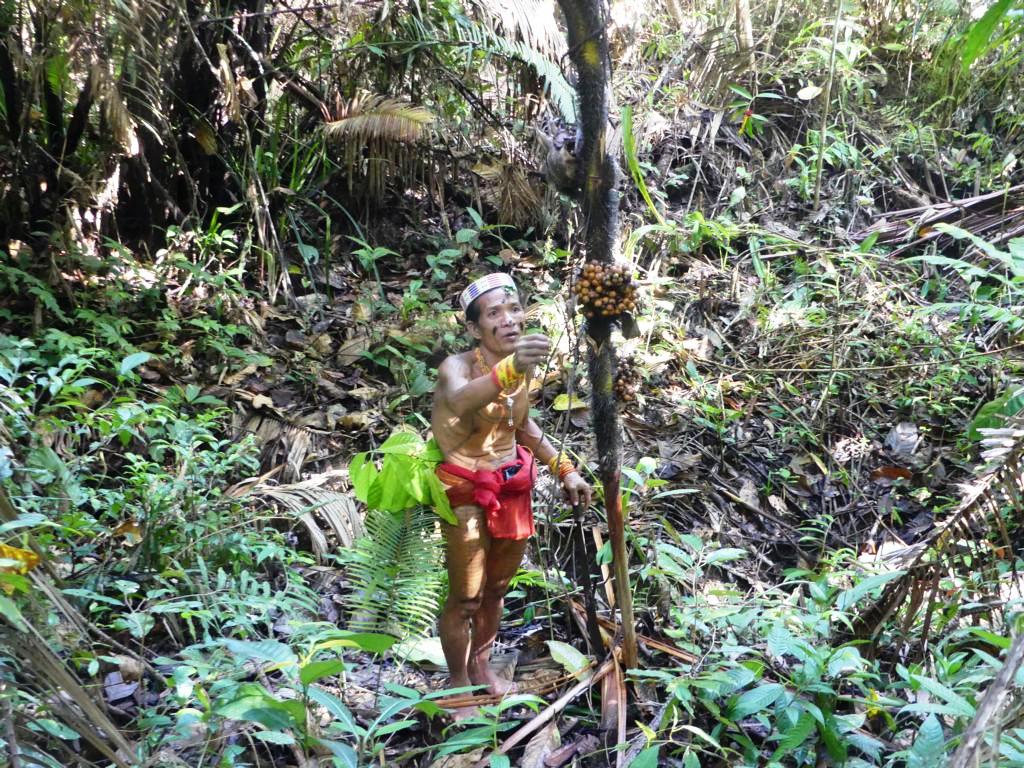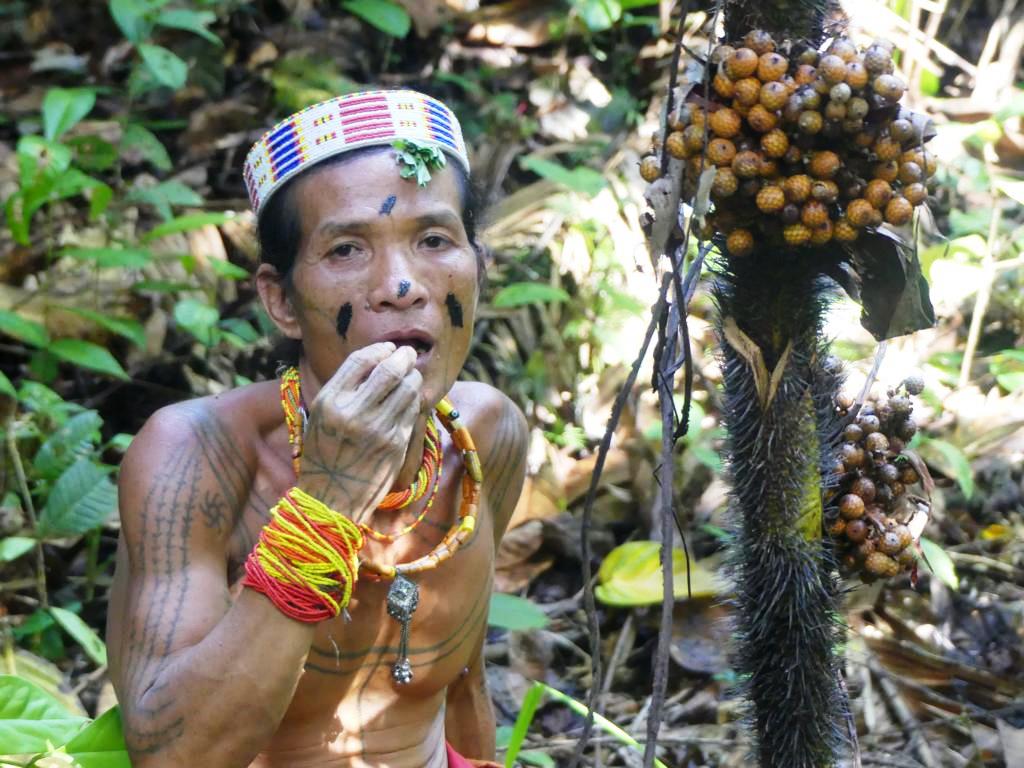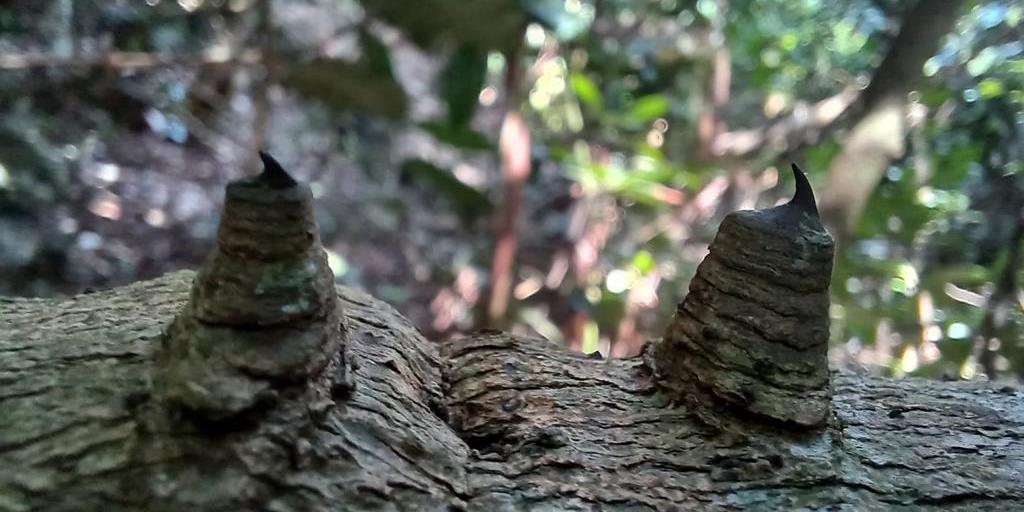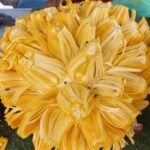Rattan fruits are available throughout the year in all Southeast Asian rainforests. There are about 600 different species of rattans, and many of them bear edible fruits. However, rattan prickles are a common nuisance when walking in the jungle. Nevertheless, the usefulness of the rattan plants is weighing up this disadvantage. Rattan fruits can be eaten, and young rattan stems contain an edible core. And there is no stronger and more flexible binding material than from some rattan species.

For the Mentawai people, rattan palms are necessary for binding and construction materials, food additions, and coconut grating devices.


Rattan as a nuisance
Walking barefoot in the jungle is the best way to grip the slippery forest floor well. The pain will occur just when encountering shed, old rattan leaf sheaths. And that is often at the ‘rattan belt’ about 10 meters from open freshwater streams, lakes, or ponds. There, the shed sheaths with the many prickles are a real pain. And additionally, leeches will try to suck out as much of the red liquid as possible.


Besides rattan leaf sheaths, extensions of rattan rachis, called flagella, are a nuisance. They try to grip the unsuspected wanderer wherever they can in the jungle.

And if this would not be enough, ‘ropes with nails’ – as locals often call them – will try to speed down any jungle junkie.

Rattan as a savior
On the positive side of life, with their deliciously fruity-sour taste, rattan fruits will lift the spirits immediately after eating them. They taste great – and will let us forget all the difficulties encountered in a rainforest.

Nutritional value
Although the energy level of 100gr or fresh rattan fruit is not higher than 78 kcal, it is an essential source of minerals and micronutrients.

See also the source of this study.
Lessons learned from rattan fruits in the Siberut jungle:
- Rattan fruits taste deliciously fruity and sour.
- They are often connected to a torturous walk through the jungle.
- The appreciation of these fruits is sometimes higher with other aboriginal tribes within the Malay-Indonesian realm than on Siberut Island.
.




